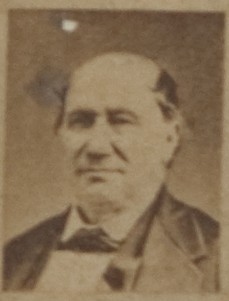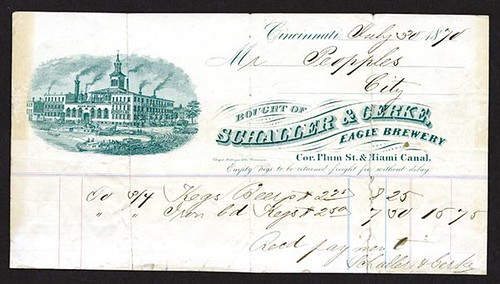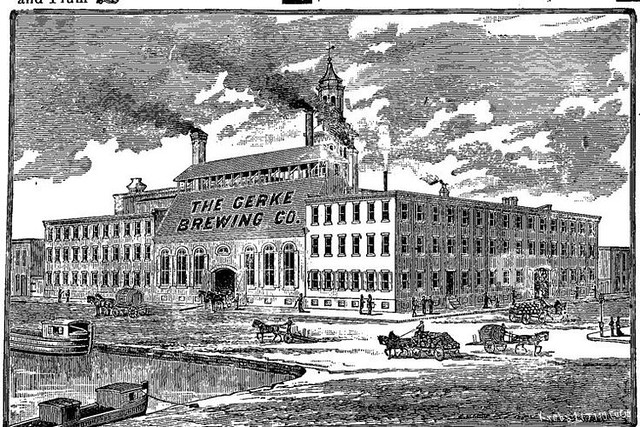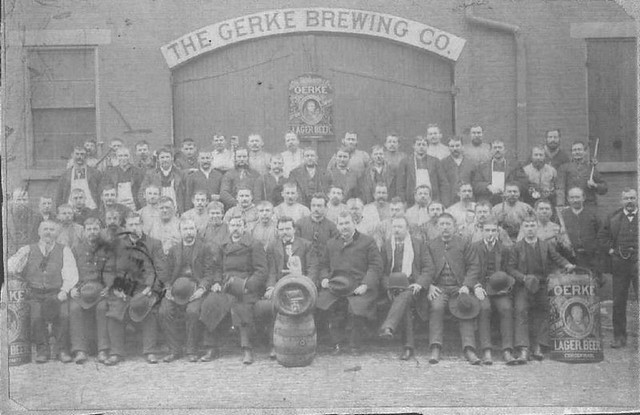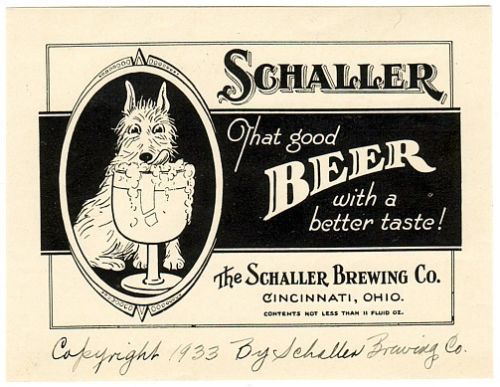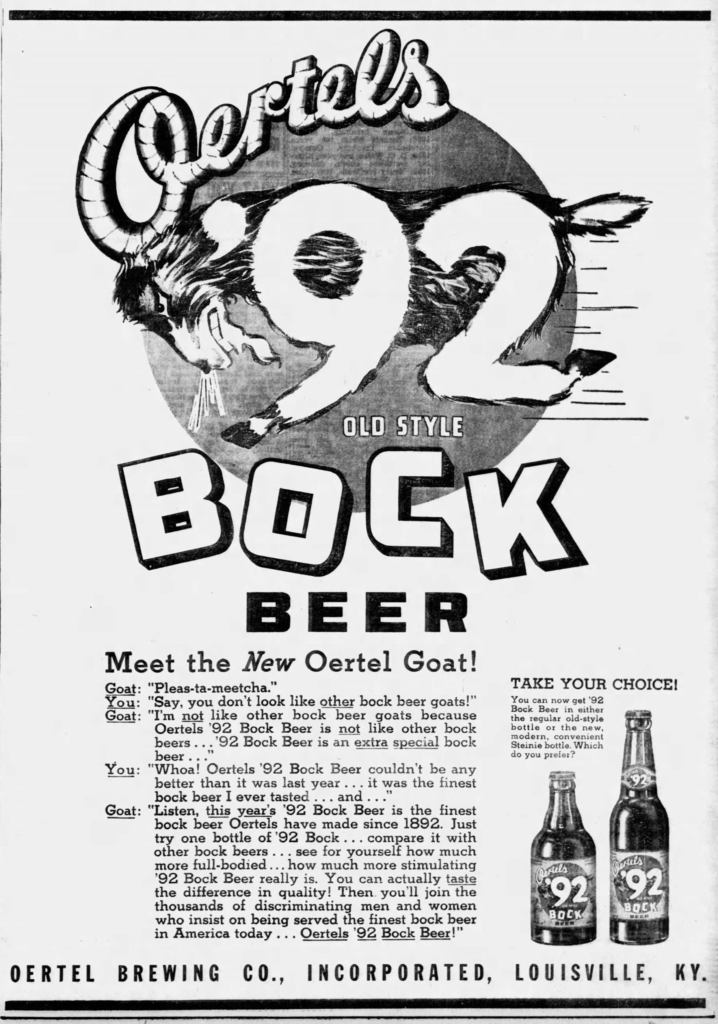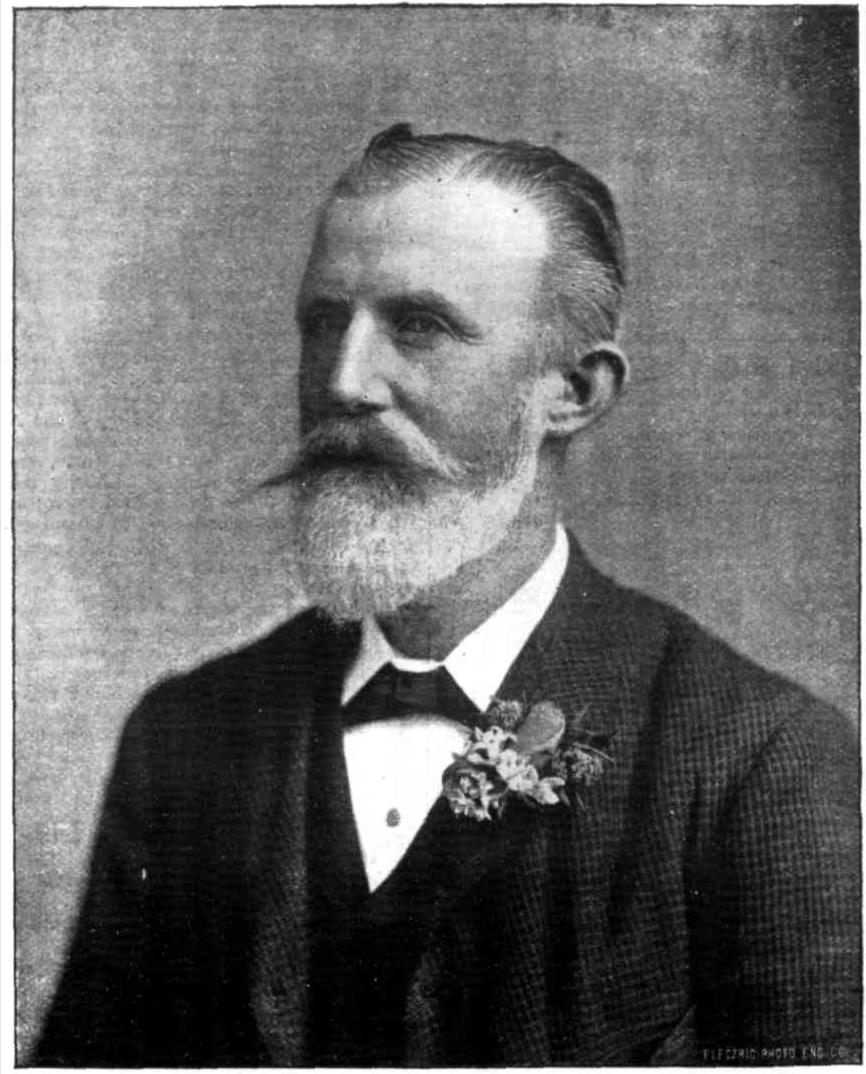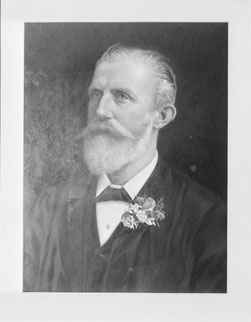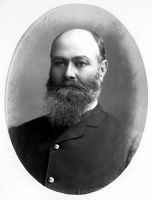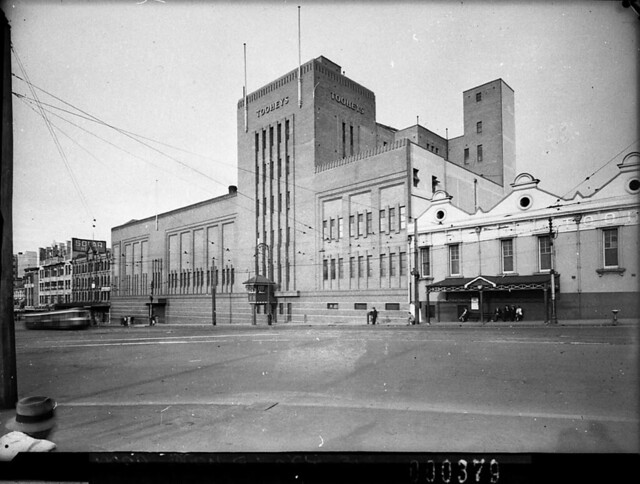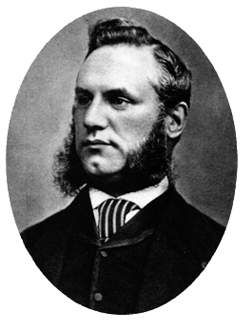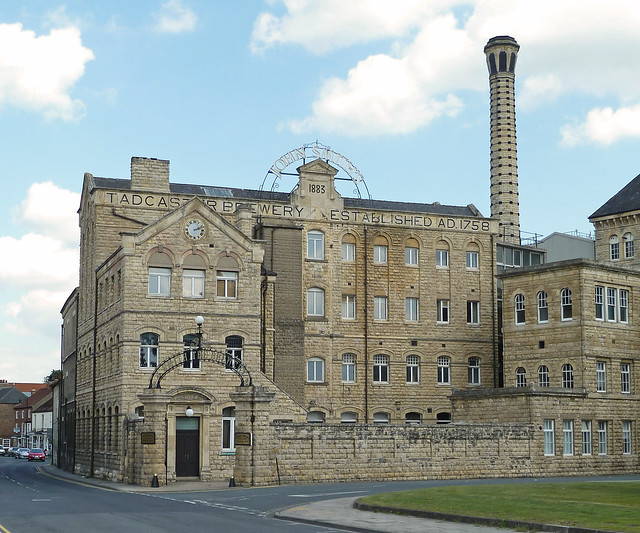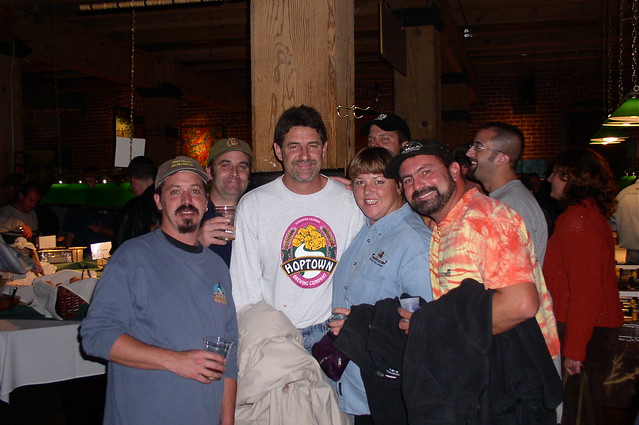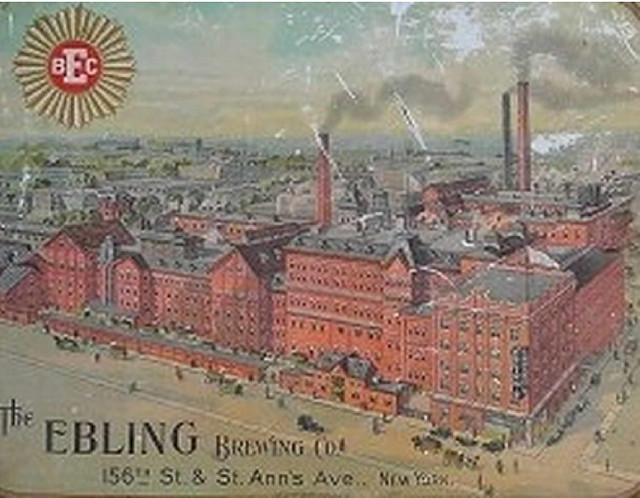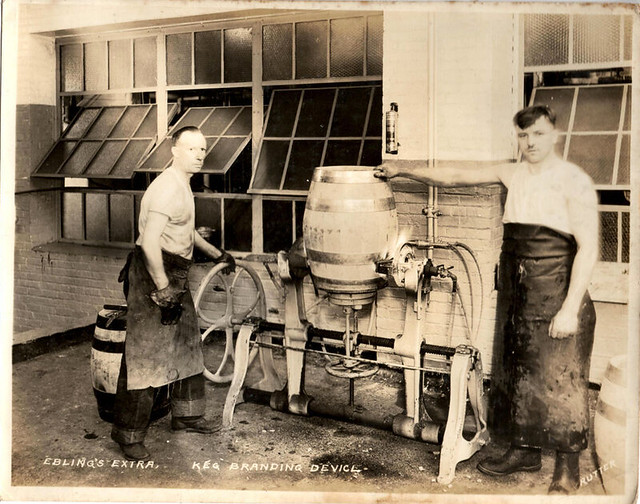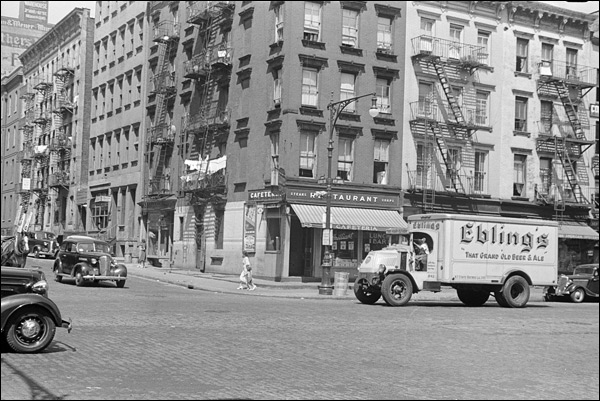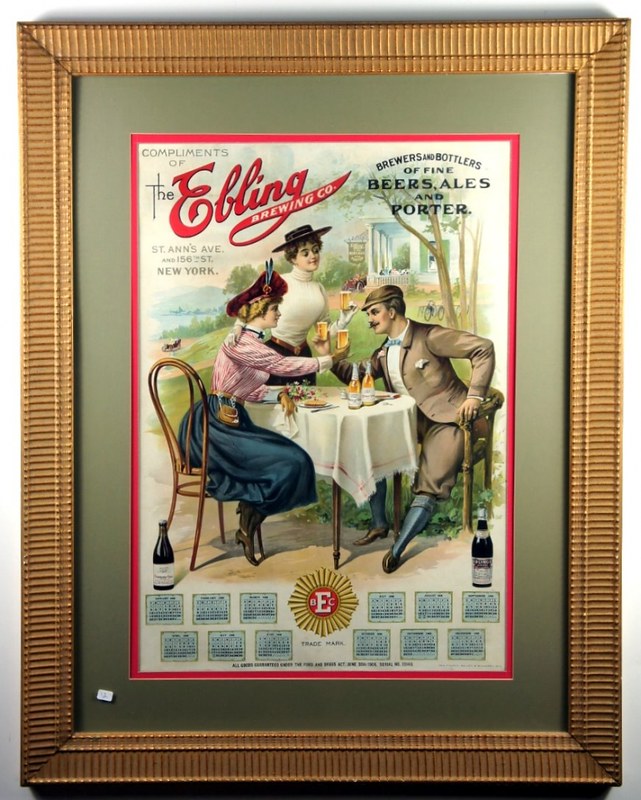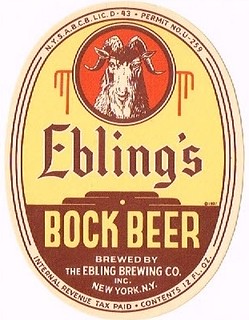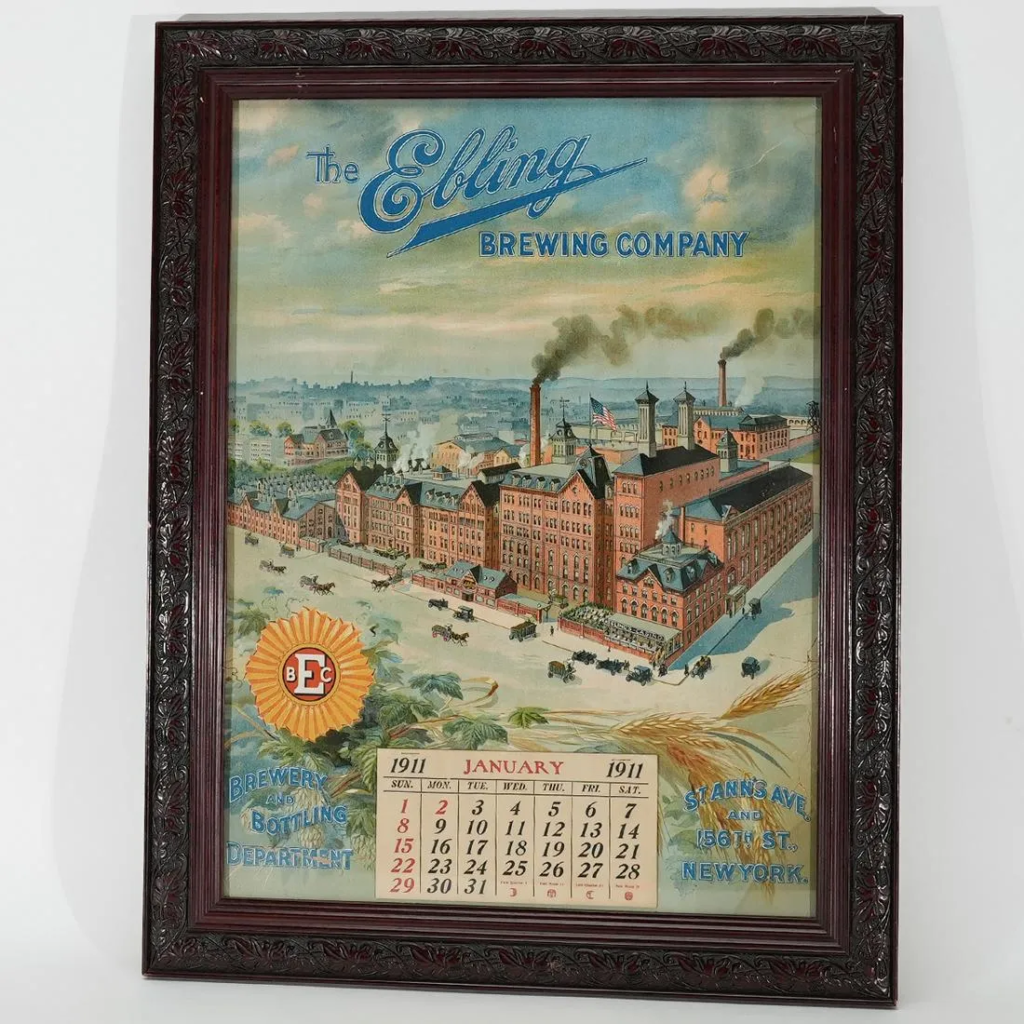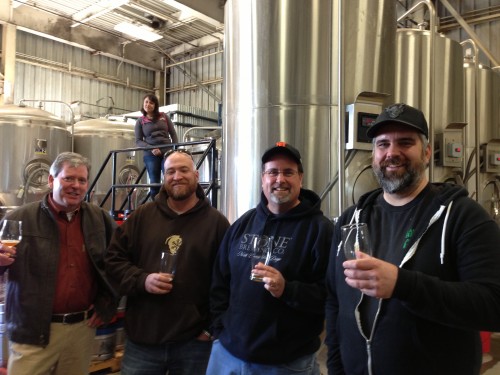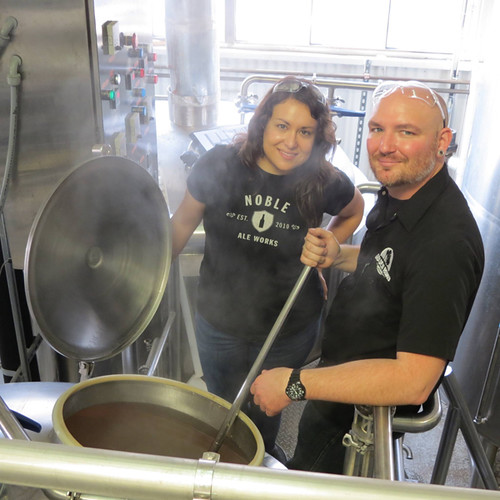
Today, like every day, I surveyed a list of writers born this day and try to find an appropriate quote involving beer or drinking for the day. I’ve been doing this for years and have amassed a fairly sizable quantity of quotations. But today I stumbled upon yet another great word that has been lost to time, or in this case never quite seems to have caught on at all, which is a pity.
Tobias Smollett was born today in 1721 in “Dalquhurn, now part of Renton in present-day West Dunbartonshire, Scotland.” According to his Wikipedia page, he “was a Scottish writer and surgeon. He was best known for writing picaresque novels such as The Adventures of Roderick Random (1748), The Adventures of Peregrine Pickle (1751) and The Expedition of Humphry Clinker (1771), which influenced later generations of British novelists, including Charles Dickens.”
While searching through his work today, I happened upon a great word in his 1771 novel The Expedition of Humphry Clinker, which is described as “the last of the picaresque novels of Tobias Smollett, published in London on 17 June 1771 (three months before Smollett’s death), and is considered by many to be his best and funniest work. It is an epistolary novel, presented in the form of letters written by six characters: Matthew Bramble, a Welsh Squire; his sister Tabitha; their niece Lydia and nephew Jeremy Melford; Tabitha’s maid Winifred Jenkins; and Lydia’s suitor Wilson.”
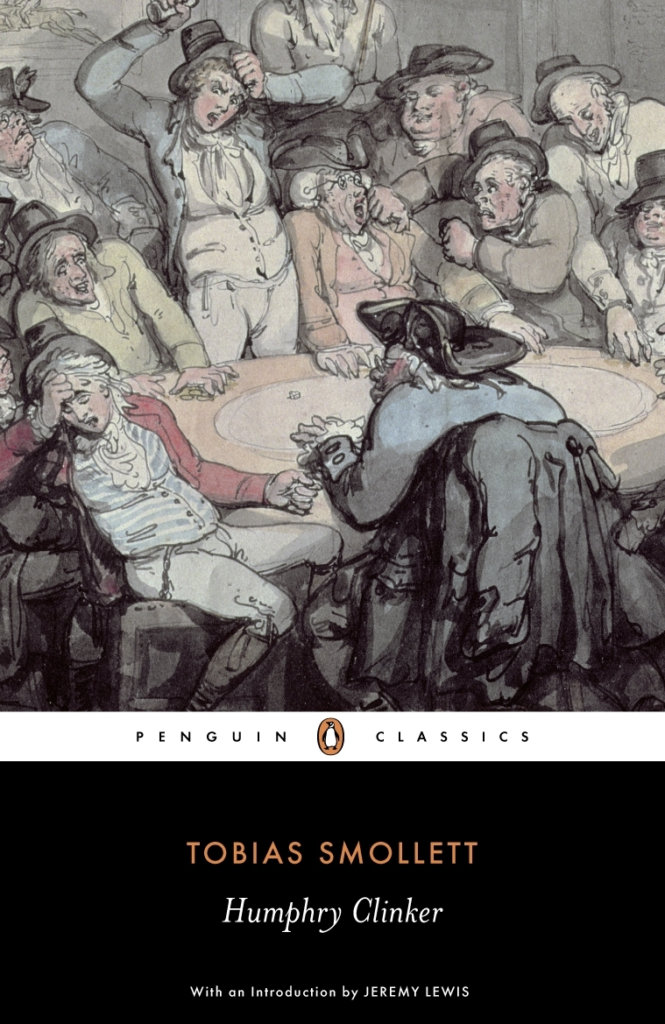
In the 59th letter of the novel, of a total of 85, which was written by J. Melford Argylshire and addressed “To Sir Watkin Phillips, Bart. of Jesus college, Oxon” and beginning “Dear Knight,” Smollett invented the word “chearupping-cup” to describe … well, a cup of cheer, with, naturally, alcohol in it. Here’s the paragraph that includes it:
When the Lowlanders want to drink a chearupping-cup, they go to the public house, called the Change-house, and call for a chopine of two-penny, which is a thin, yeasty beverage, made of malt; not quite so strong as the table-beer of England,—This is brought in a pewter stoop, shaped like a skittle, from whence it is emptied into a quaff; that is, a curious cup made of different pieces of wood, such as box and ebony, cut into little staves, joined alternately, and secured with delicate hoops, having two cars or handles—It holds about a gill, is sometimes tipt round the mouth with silver, and has a plate of the same metal at bottom, with the landlord’s cypher engraved.—The Highlanders, on the contrary, despise this liquor, and regale themselves with whisky; a malt spirit, as strong as geneva, which they swallow in great quantities, without any signs of inebriation. They are used to it from the cradle, and find it an excellent preservative against the winter cold, which must be extreme on these mountains—I am told that it is given with great success to infants, as a cordial in the confluent smallpox, when the eruption seems to flag, and the symptoms grow unfavourable—The Highlanders are used to eat much more animal food than falls to the share of their neighbours in the Low-country—They delight in hunting; have plenty of deer and other game, with a great number of sheep, goats, and black-cattle running wild, which they scruple not to kill as vension, without being much at pains to ascertain the property.
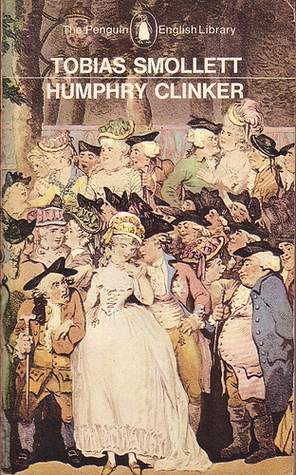
I confirmed with the O.E.D. that this is the sole instance of the word being used (at least that they recorded) and which thy defined as “Of an alcoholic drink: reviving; comforting….” “Chear,” being an archaic form of “cheer,” that never quite caught on as well as cheer, it feels better with the double-ee’s. And indeed later editions spelled it “cheerupping-cup” as listed in “A Supplemental English Glossary,” by T. Lewis O. Davis, and published in 1881, under an entry for “Twopenny.”
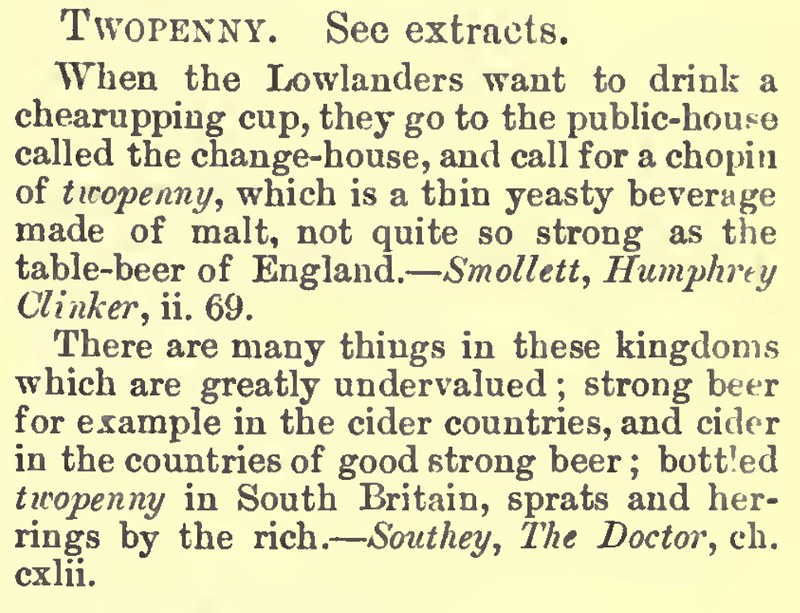
And in another instance from a news report in the Stamford Mercury, Friday, July 4, 1823, there’s a story using the word.
The language of love, so much talked of by the poets, prevailed against every remonstrance of friends and even the rage and fury of relations. The happy swain had conquest in his cheeks and will love, cherish, honour and obey. Hand in hand the couple blithely proceeded to the adjoining village of Rippingale where the festive board groaned with the weight of the feast and it also being the annual feast day of the parish, the tabor struck up and the village was gay. Rural sports were the order of the day and the merry dance and sparkling glass went round till night was at odds with morning and the groom, having taken sufficient of the cheer-upping cup, the happy couple retired and after throwing the stocking, the jolly swain was left wrapt in the arms of Morpheus to enjoy (what he most needed), nature’s sweet restorer, balmy sleep. [My emphasis.]
But doing some more rabbit-hole digging, I discovered it was used earlier with the more common ‘cheer’ spelling, though still not often and certainly not enough to suggest its use became widespread by any means. The O.E.D. lists as an adjective “cheer-upping” with the same definition, “[o]f an alcoholic drink: reviving; comforting…” with a range of use from 1720-1832. They also list a quotation that predates Smollett, from 1733, so it’s likely he wasn’t the first after all. “They … retired to comfort themselves with a cheer-upping Cup,” which is from “English Malady: or, A Treatise of Nervous Diseases of All Kinds,” by George Cheyne, though he remains one of the few to use it in fiction.
But whoever came up with, I still don’t understand why it fell out of use, because it just rolls pleasantly off the tongue: “cheerupping-cup.” Who wouldn’t want, or often need, a cheerupping-cup? I think I need one now. Who’s with me? Fancy a cheerupping-cup?


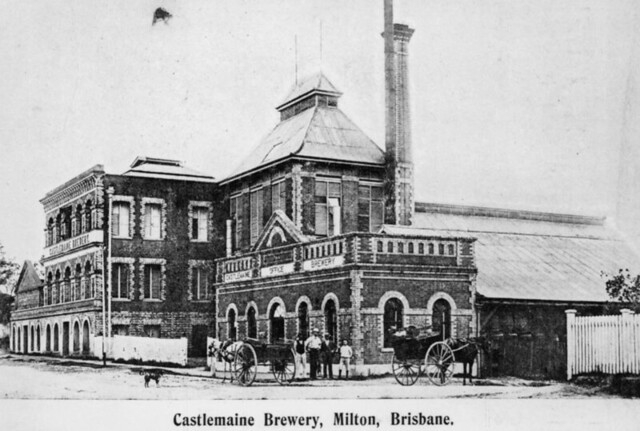

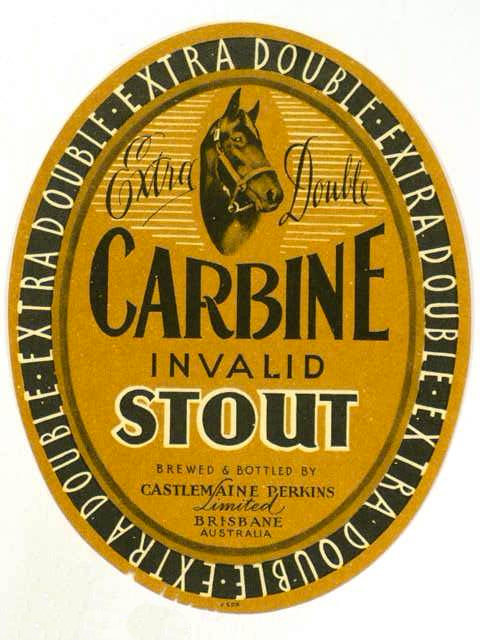
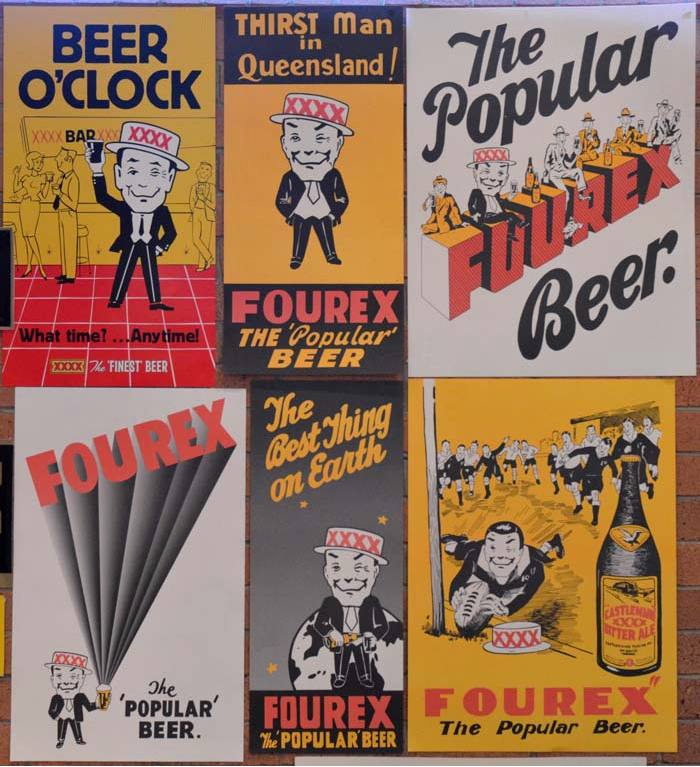
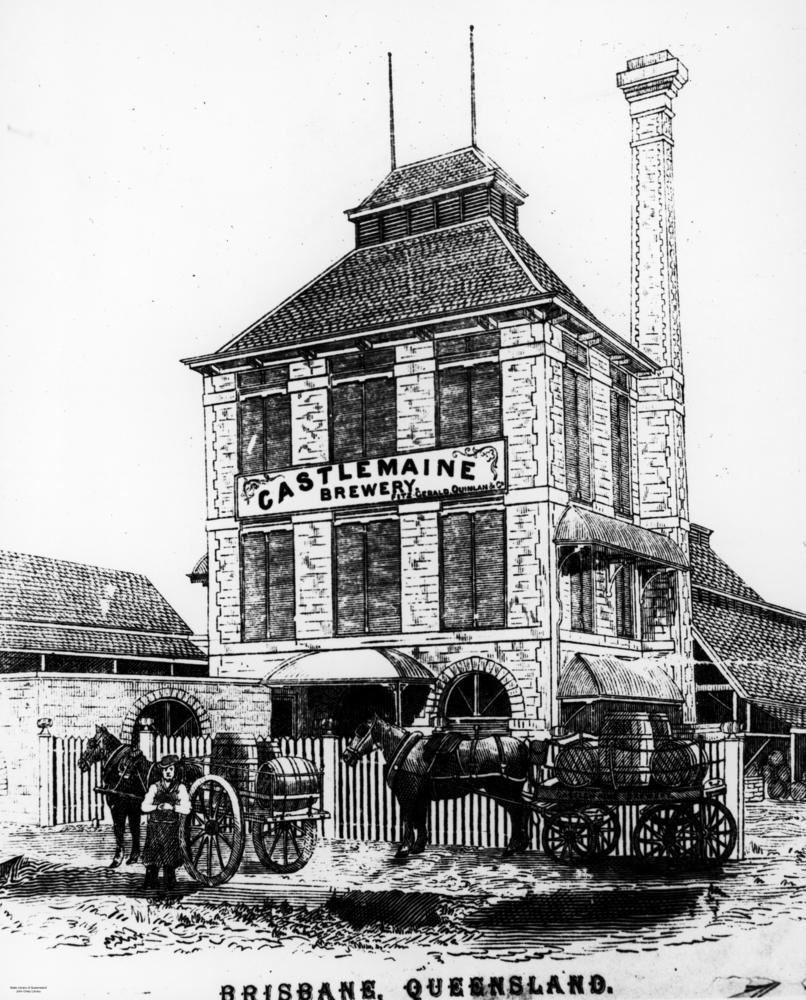

 Ray in front of the New Orleans d.b.a. with Garrett Oliver in 2003.
Ray in front of the New Orleans d.b.a. with Garrett Oliver in 2003.
